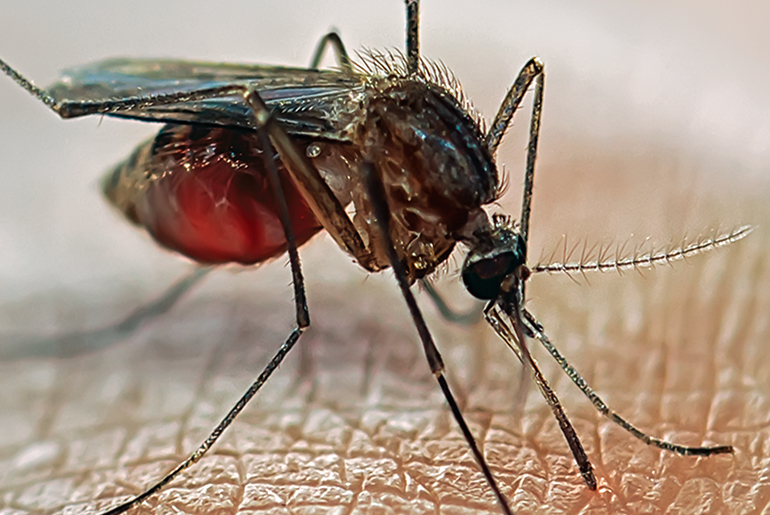
To help better predict the spread of mosquito-borne diseases, two researchers from the Department of Industrial and Systems Engineering at Texas A&M University have joined a grant project to develop better monitoring tools in coastal areas.
Dr. Madhav Erraguntla and Dr. Mark Lawley are part of the Gulf Coast Vector-Borne Disease Regional Center of Excellence at the The University of Texas Medical Branch, which was recently funded by an award from the Centers for Disease Control and Prevention to develop low-cost, integrated wireless solutions for real-time monitoring of changing environmental conditions in areas where mosquitoes are known to breed and rest.
Mosquitoes are known for carrying a variety of diseases including West Nile virus and the Zika virus.
“[We are seeking to] better [understand] how localized environmental conditions affect the breeding and resting sites of mosquitoes; the effect of local environmental conditions on the growth and infectivity of mosquito,” Erraguntla said. “Eventually this work will facilitate disease modeling and management.”
To create the models, researchers will record fluctuations in temperature ranges on prototypes and then replicate them in the lab. Mosquitoes raised under various environmental conditions will be assessed for immune status and susceptibility to Zika virus. The data generated from these experiments will be used to develop an analytical model.
By developing real-time analytical models of the microclimate weather in shaded areas where mosquitoes spend time, research can help provide predictive capabilities for the spread of mosquito-borne diseases in temperate climates.
“Modeling and predicting changes in the transmission dynamics and epidemiology of mosquito-borne viral diseases is challenging due to the complex influence of environmental factors on etiological agents and vectors,” Erraguntla said. “Current models fail to incorporate the daily fluctuations in diurnal temperatures, which are occurring in the shaded microenvironments where container-breeding mosquitoes are found.”
The research includes two industrial systems and engineering students, Josef Zapletal and Himanshu Gupta.